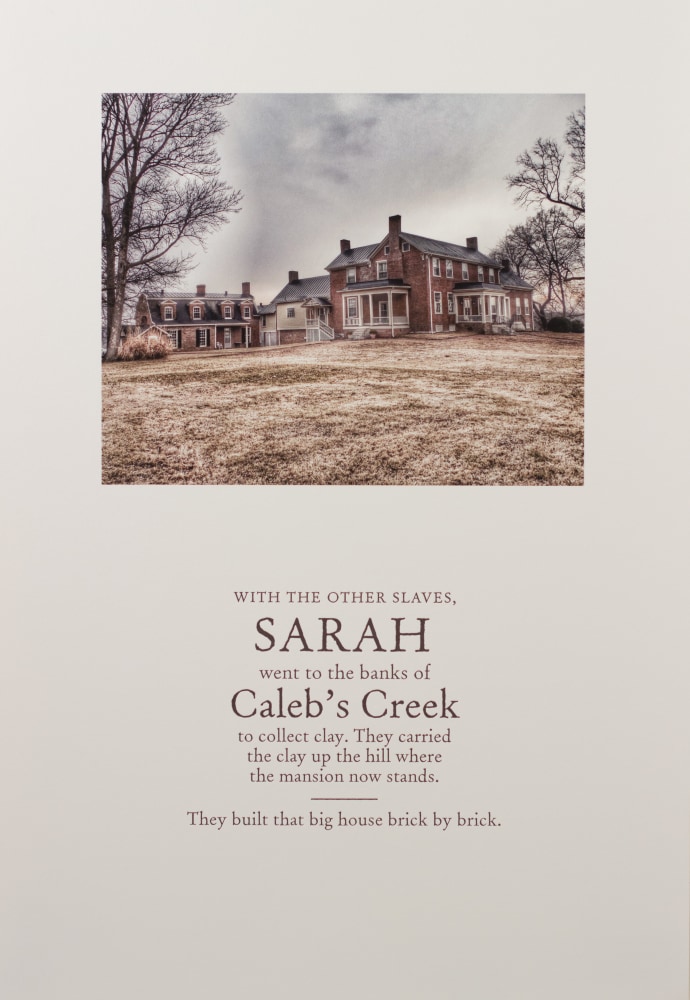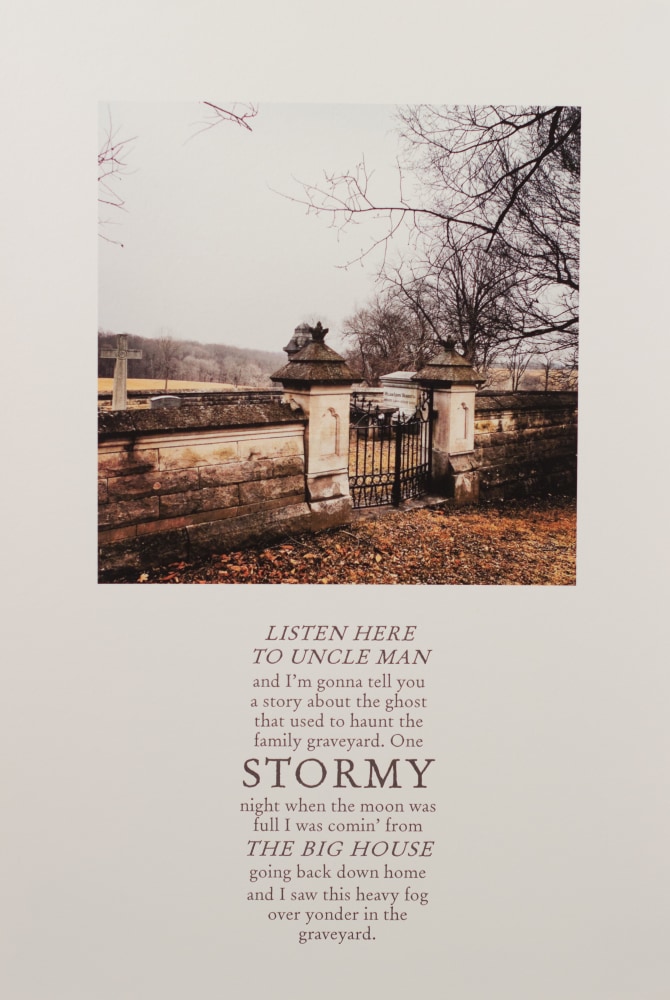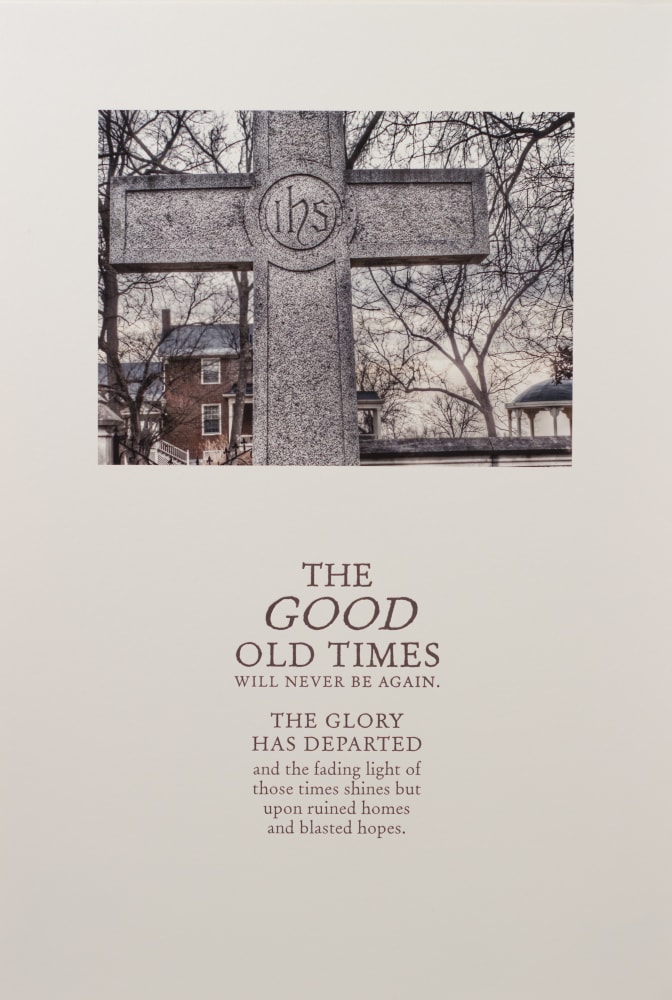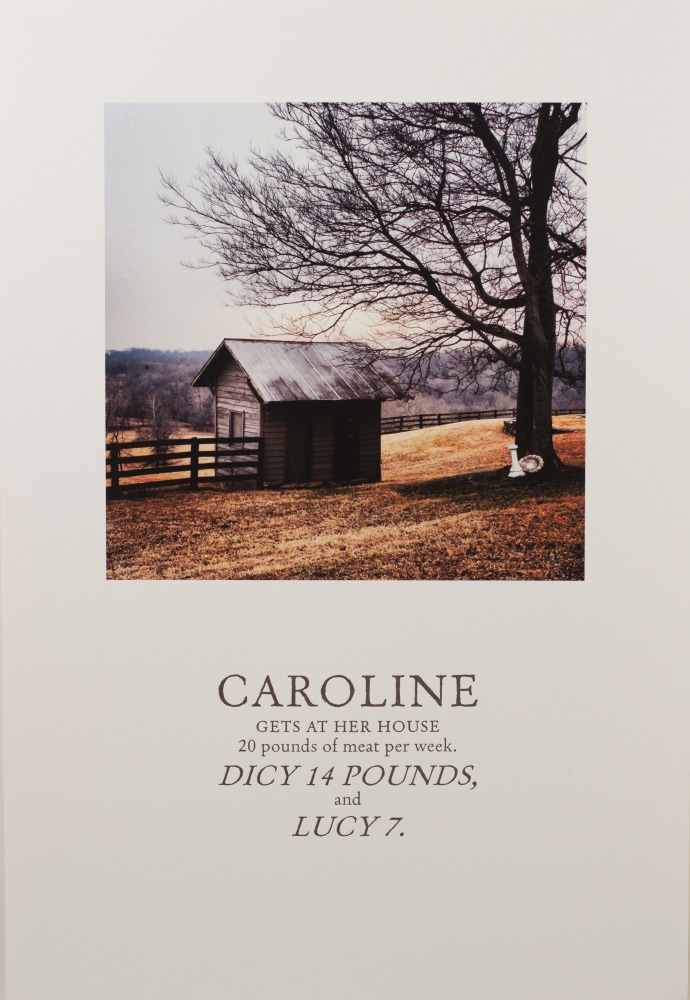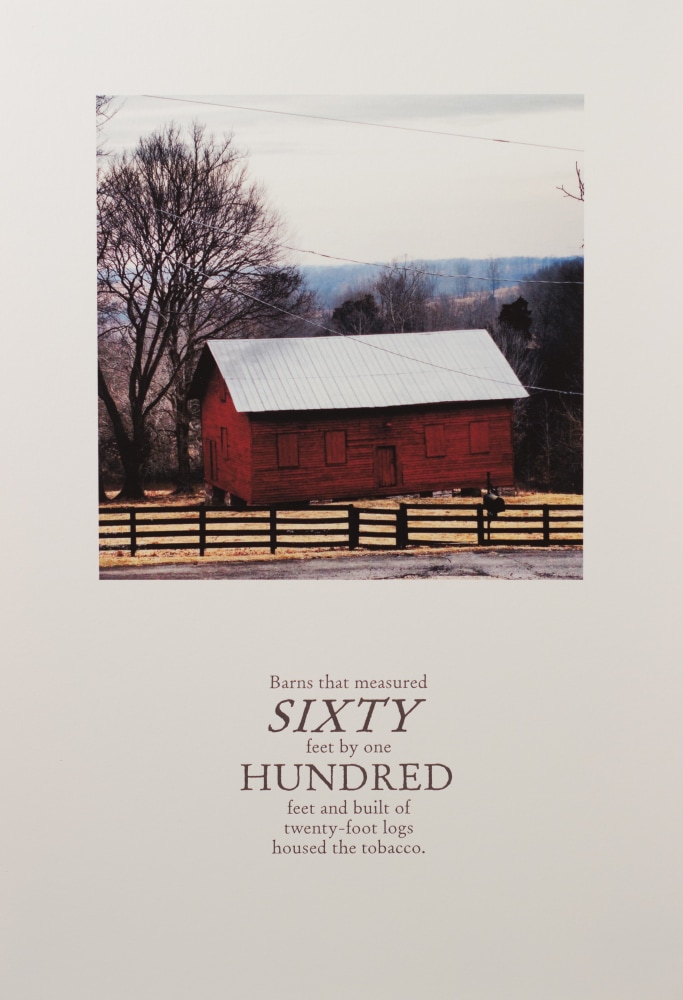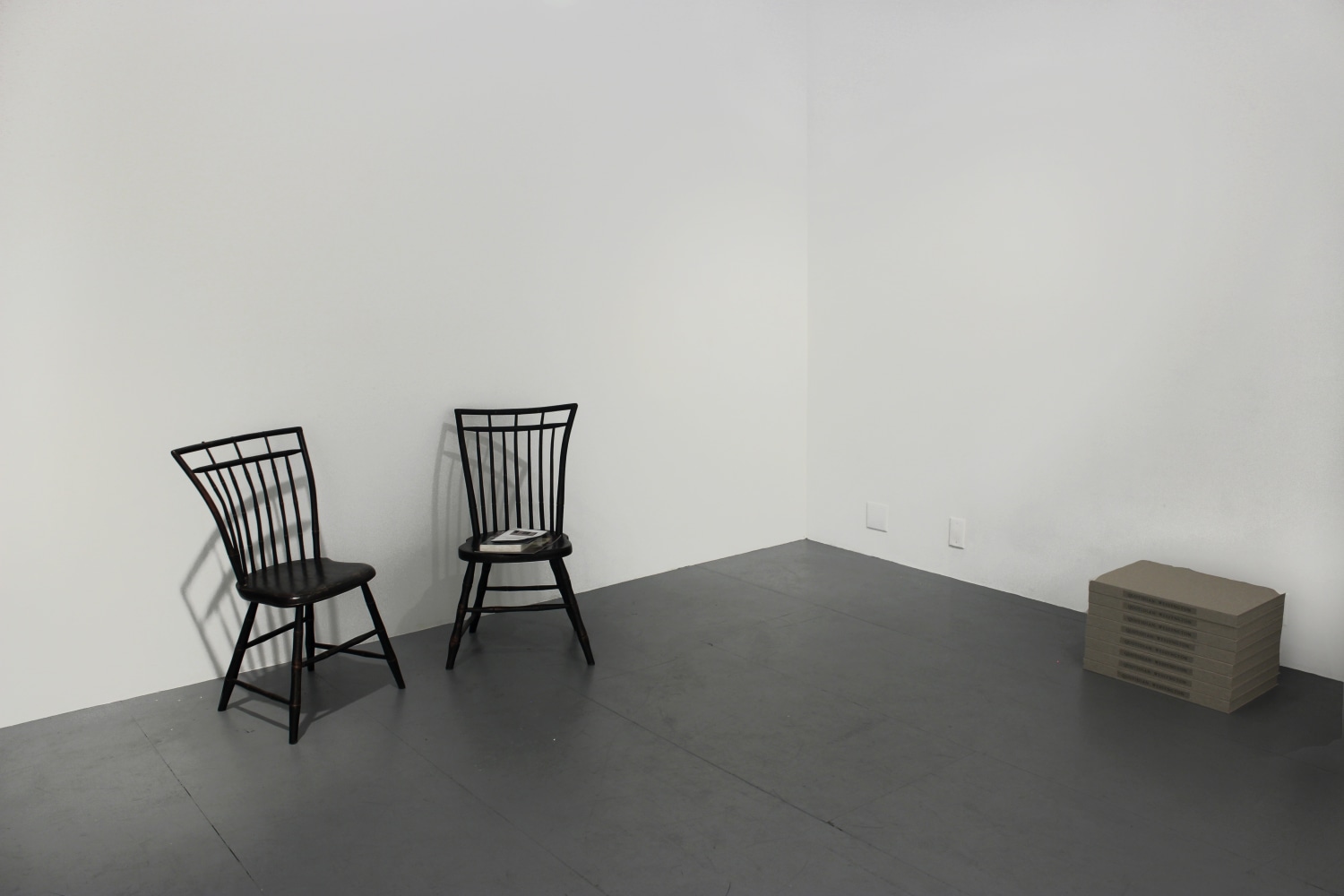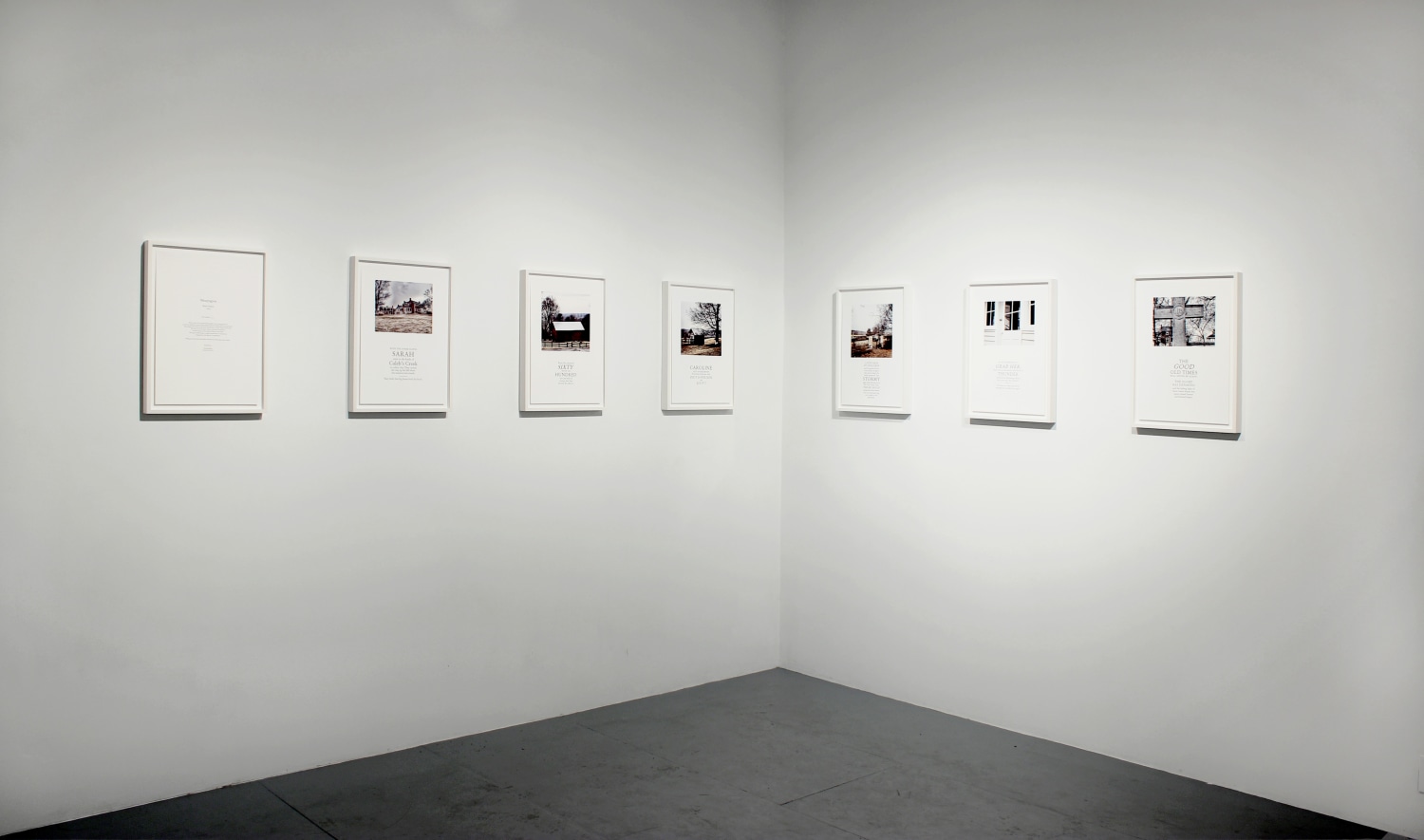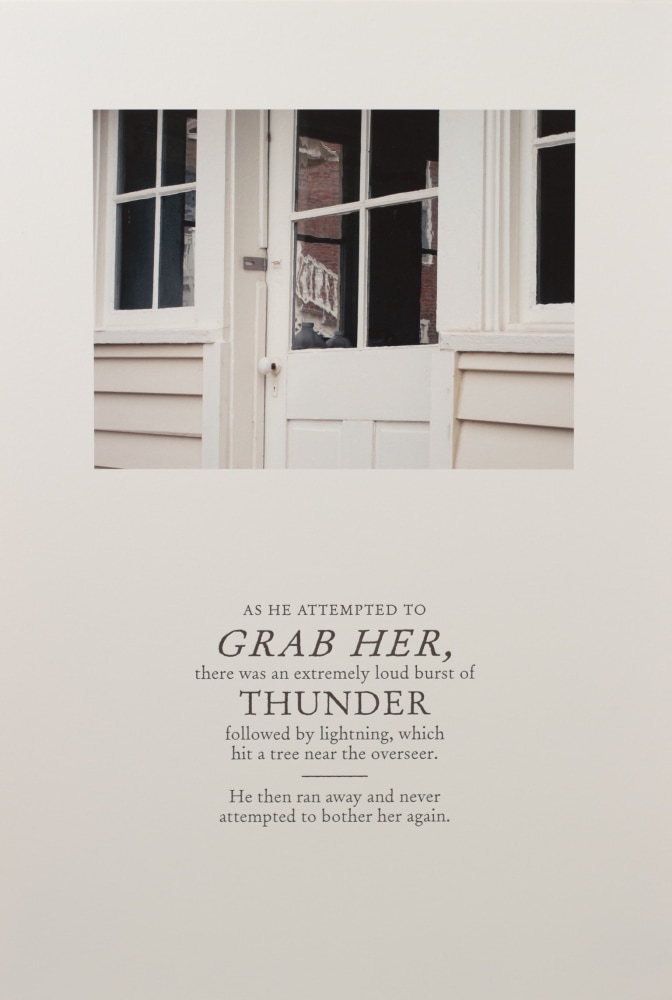|
Opening reception: Thursday December 18 from 6 - 8pm
The gallery is pleased to present the third installment of "Present," a series of guest-curated exhibitions in the Project Space. The exhibition is titled after a line from “Black Woman,” a poem by Georgia Douglas Johnson. Johnson, a revered poet of the Harlem Renaissance, fears bringing a child into the world in which she lives: “The world is cruel, cruel, child, / I cannot let you in!” she writes. The exhibition explores many relationships — Salmon’s relationship to her own past, her relationship with her white partner and his family’s implication in slavery, and, finally, her relationship with her children, and a future generation that will continue to grapple with an identity born from a tragic history. Salmon’s direct connection to this plantation was born out of her relationship with her long-time partner, a white man whose family had once owned Wessyngton. The descendants sold the 2,300 acre property in the 1980s. In 2009, a book called “The Washingtons of Wessyngton” by John Baker was published, scrupulously detailing the life on Wessyngton plantation. A museum exhibit at the Tennessee State Museum soon followed the book. Salmon and her partner went down to the opening. The emotionally-charged visit prompted Salmon, trained as a journalist, to produce these works: “I had read Baker's fine book, and had an anecdotal knowledge of some of Wessyngton's history as recounted to me by Frank - the hams they smoked there were widely reknowned. But it wasn’t until I was rolling past the imposing iron gates and setting foot on the frost-flecked property the day after the museum opening that I was drawn to create something that came equally from my curiosity as a journalist and my instincts as a visual thinker,” she writes. Salmon — a third generation New Yorker — has never lived in the South nor spent any time on or around plantations, and yet there is an undeniable impression of familiarity displayed in these images and their accompanying text, biographical passages reappropriated as poetry. In this familiarity, the images become the story of the collective internalized trauma of a generation and of a race. Through these photographs, Salmon explores a relationship with a place and time in which she has never lived, and yet feels a kinship to, one that has persisted throughout her life and will into future generations — namely, mine. I am a young curator and Salmon’s daughter. I have never been to the South, never visited Wessyngton plantation, and yet in these images are evoked memories that have been etched into me not through personal experience but through a collective memory. Recent racially charged events igniting protests from Missouri to New York are only further proof that the systemic racism that both produced and haunted the walls of Wessyngton and burdened my mother’s life, has not abated but quietly transformed. |

